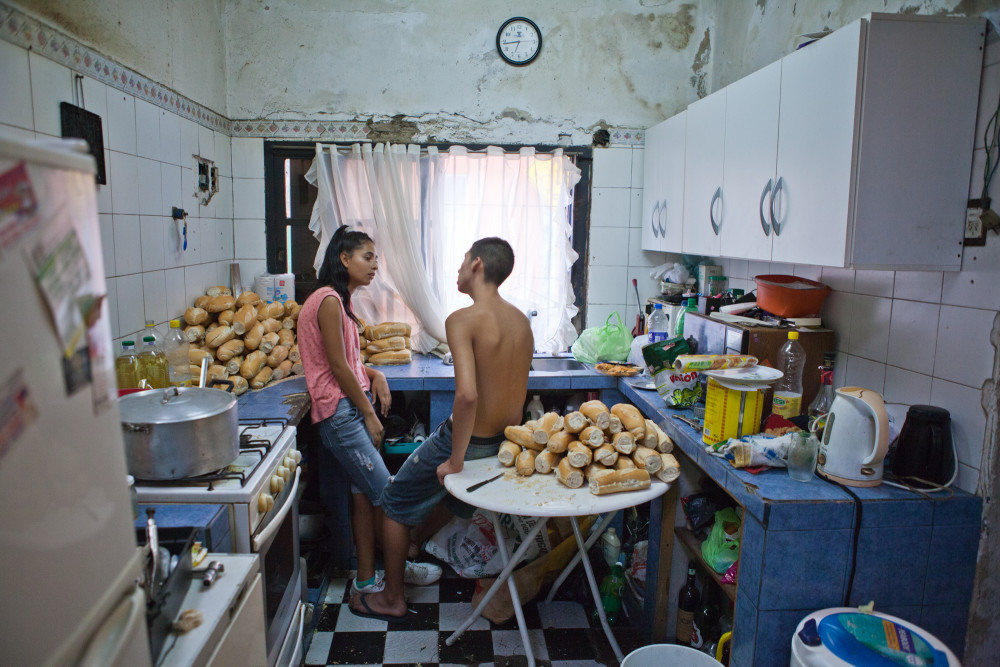
07 Jul Kate Stanworth and Murgueros
[vc_row css_animation=”” row_type=”row” use_row_as_full_screen_section=”no” type=”grid” angled_section=”no” text_align=”left” background_image_as_pattern=”without_pattern” z_index=””][vc_column width=”1/6″][/vc_column][vc_column width=”2/3″][vc_column_text]
Please introduce the story you’re exploring…
This story looks at the lives of a group of murgueros – dancers and percussionists in Buenos Aires who form a 150-strong community, like a giant family. Murga is a street dance that was invented by slaves and banned during the last Argentine dictatorship, but came back to popularity in the 90s, especially in Buenos Aires’ working class neighbourhoods. The group acts as a social support system and their dance is a means of creating happiness in spite of the problems people might suffer in their lives.
What motivated you to explore this particular story?
I used to work for a newspaper in Buenos Aires, and one day was asked to find a murga troupe to photograph prior to February’s annual carnival, a big focus for the dancers. I found this group called La Locura de Boedo (the madness of Boedo) practicing in my local neighbourhood. I later sent them the photo I took of them that was printed full-page in the newspaper. We struck up a rapport and they invited me to join them for the carnival season, travelling round the city in a convoy of chaotic, party-filled minibuses.
I photographed them several times while I lived there but it only occurred to me to do a more in-depth project after I’d moved back to the UK and started exploring themes in a more focused, documentary way, beyond short-term commissions. I became interested in showing what murga meant to people, how people constructed an identity, and the strong community bonds that were created through it.
I began to try and capture this by recording the moments around the actual dance parades, and following people to their homes, rather than trying to capture the more spectacular aspects of the dance, which had been the focus in my previous commissioned work.
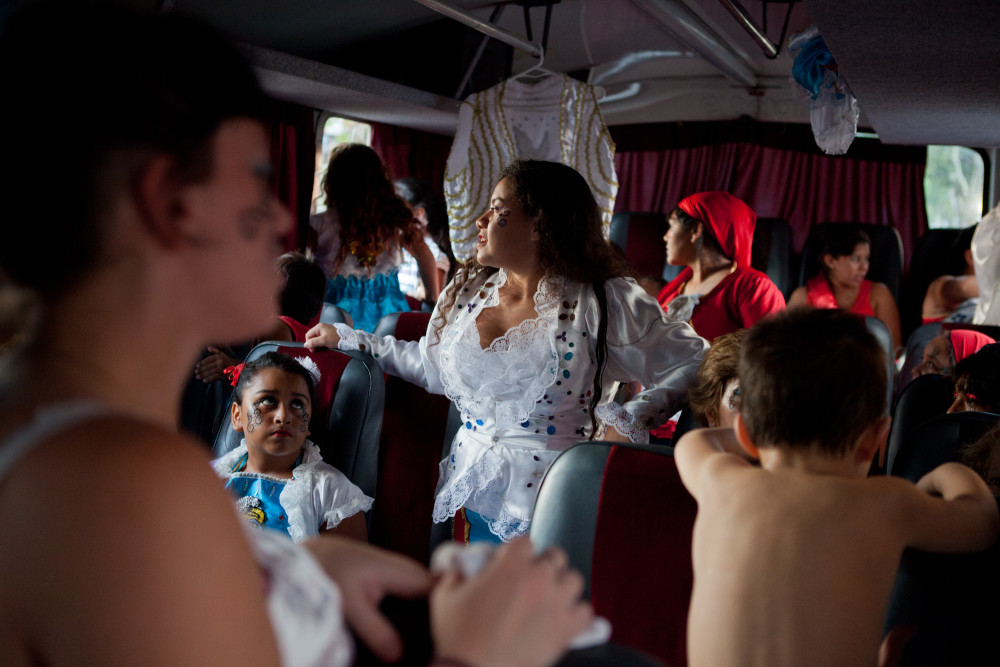
As with other stories you’ve explored, you’ve really embedded yourself in the community you’re documenting – going back year after year. What do you feel the benefits are of taking this approach and spending years building up a body of work, over doing a diversity of short-term pieces each time you visit?
I think there is merit in either approach, and you should pick the time-scale that suits your project. For me Murgueros has been an opportunity to build a trust with people and to really try to understand their lives and culture, to get under the skin of the dancers, while also developing my own concerns and my style.
Obviously the disadvantage of something long-term is that you have to wait a while to see the results of your work, whereas with shorter-term projects you can have something to show quite quickly, and you can evaluate and move on.
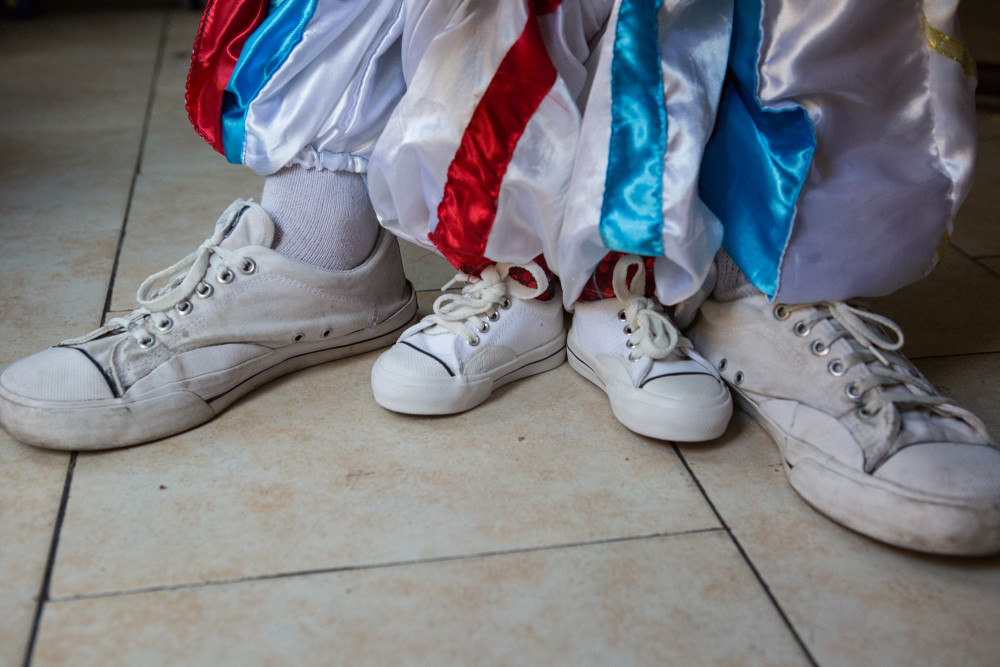
How do you feel the ever-strengthening relationships with the people and community you immerse yourself in affects the way you explore the story and the work you produce?
People are so used to me now that I almost disappear, allowing me to photograph natural, intimate moments. Also I have had time to just be around people without photographing all the time, and that’s perhaps when you listen and learn the most and things click into place. Ultimately I think the murgueros have changed me and made me see life differently and I hope that can be felt on some level in the photos.
What are your main aims with this particular story and body of work?
I want to celebrate the culture of the murgueros and to show that community and creativity can be very powerful forces that help people take possession of their own lives. It’s also become quite a personal, emotional thing for me now – I have a basic urge to evoke the passion and energy of the group and how it feels to be there.
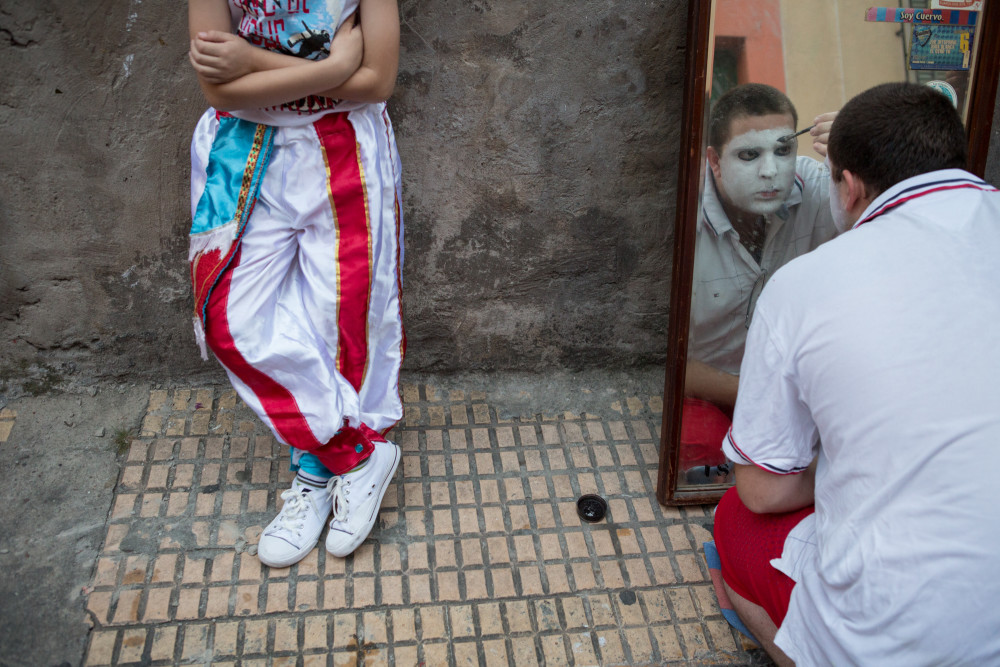
With such a big gap between visits, do you see your style or approach changing from one visit to the other?
I think the project has been a chance to develop my approach and reflect on my concerns. As a result there are photos that I took at the start of the project that now don’t really fit in but taking them was part of a journey of discovering what was at the core of my interest.
What do you do between trips to help refine the story and body of work further?
The time between trips gives me distance to reflect and evaluate the photos, and to think about what they mean away from the immediate, all consuming energy of the group dynamics and the carnival. I also took my work-in-progress to a portfolio review to help me clarify what was working and what was missing in the story.
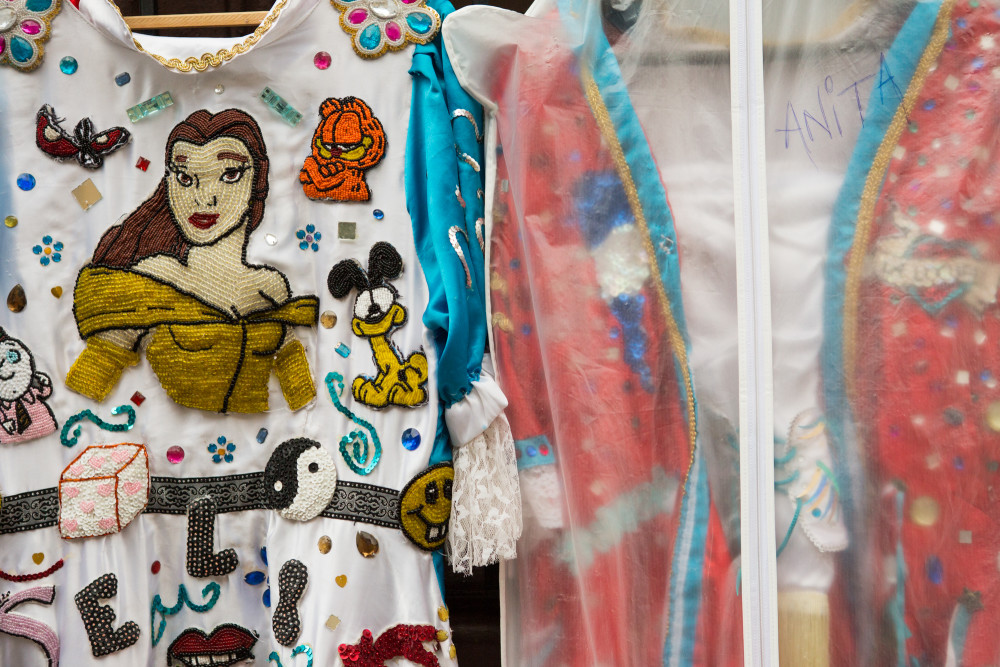
Are you utilising other media to add layers to the story you’re trying to tell?
I have been recording interviews with the murgueros but for the moment, these will just be used as written quotes to go with the photos. The interviews were very helpful to me to guide my photography. I also recorded sound during some of the carnival nights, so at some point I would like to make an audio-visual slideshow.
What steps are you taking to get the work in the public domain?
I am working on making a book with the photos and stories, and would like to do an exhibition too.
Where can people see and follow your work?
You can follow it on my website: www.katestanworth.com
[/vc_column_text][/vc_column][vc_column width=”1/6″][/vc_column][/vc_row]


